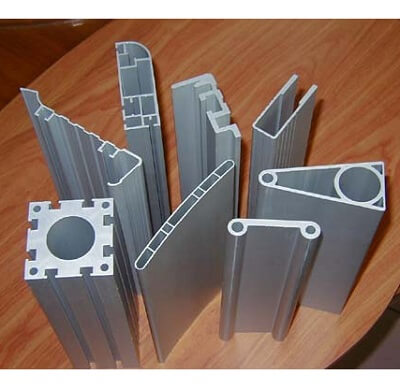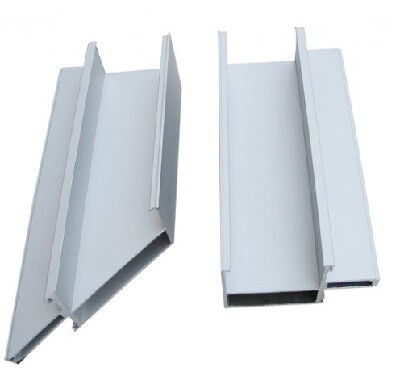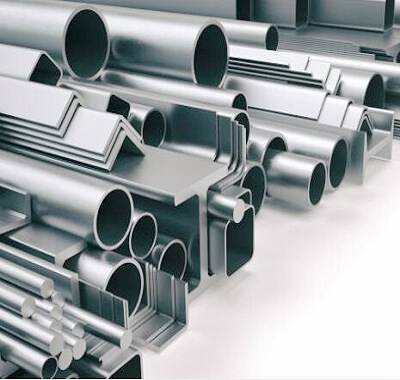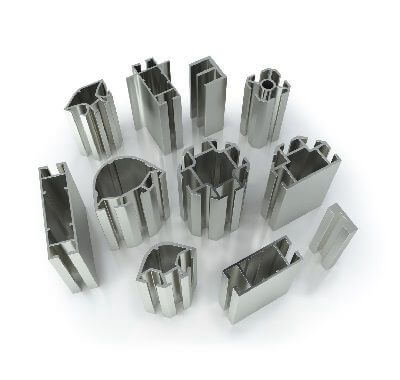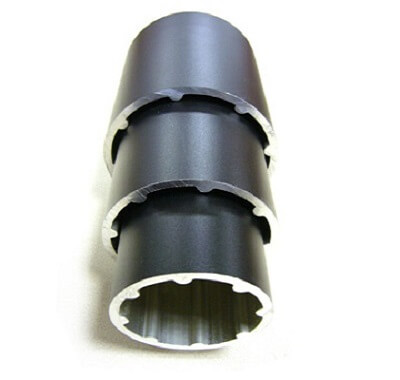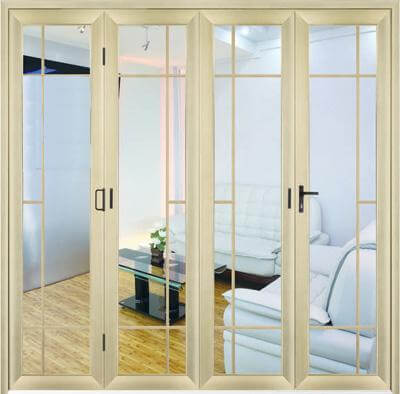
Mill finish aluminum profile
Mill finish Aluminum window and door profile, curtain wall aluminum profile, Industrial aluminum profile.
Mill finish aluminum profile
Mill finish aluminum profile
Aluminum profile without any surface treatment, it is only aluminum extrusion with an aging process to get hardness.
Mill finish aluminum profile is the most basic and unprocessed form of aluminum extrusion, retaining its original, unpolished state.
It has not undergone any further processing after being produced from raw aluminum through an extrusion process.
It retains its original, unpolished state, meaning it hasn’t gone through any further treatment after the extrusion process.
One material,
High-quality aluminum ingot ;
Two processes,
Aluminum extrusion and aging ;
Three alloys,
6063, 6061, 6463 or (AlMgSi 0.5 F22, AlMgSi 0.5 F25)
Four applications,
Aluminum window profile, aluminum door profile, industrial aluminum profile and decoration aluminum profile;
Five standards,
GB/T 5237, AA, ASTM, BS, EN standard can be met.
Characteristics of Mill Finish Aluminum Profile:
Untreated Surface: The surface of mill finish aluminum is untouched and unpolished, preserving its original texture and roughness.
Visible Manufacturing Marks: Due to the extrusion process, mill finish aluminum may exhibit visible die marks, tooling lines, and surface imperfections.
Natural Oxidation: Mill finish aluminum is susceptible to natural oxidation, which can cause the surface to appear slightly discolored or weathered over time.
Durability: Despite its untreated surface, mill finish aluminum is still a durable and corrosion-resistant material suitable for various applications.
Cost-Effectiveness: Mill finish aluminum is generally the most affordable type of aluminum extrusion due to its minimal processing.
Applications of Mill Finish Aluminum Profile:
⭐Industrial Components: Mill finish aluminum is commonly used for industrial components and structures where aesthetics are not a primary concern.
⭐Structural Elements: Mill finish aluminum is suitable for structural elements that require strength and durability, such as framing, supports, and brackets.
⭐Unfinished Components: Mill finish aluminum can be used for components that will undergo further processing or finishing, such as machining, anodizing, or painting.
⭐Cost-Sensitive Applications: Mill finish aluminum is a cost-effective option for applications where the focus is on functionality and budget constraints are tight.
Here are some of the key advantages of using mill finish aluminum profile:
Cost-effectiveness: Since it involves minimal processing, mill finish aluminum is the most affordable aluminum extrusion option. This makes it ideal for projects where budget constraints are a factor.
Durability: Despite its untreated surface, mill finish aluminum still possesses excellent durability and corrosion resistance. It can withstand harsh environments and remain structurally sound for extended periods.
Versatility: Mill finish aluminum is suitable for various applications, including structural elements like framing, supports, and brackets, as well as industrial components where aesthetics are not the primary concern.
Good base for further processing: Mill finish aluminum serves as a perfect base for subsequent treatments like anodizing, powder coating, or painting. This allows for customization of the surface finish and color to achieve desired aesthetics or enhanced functionality.
Conductivity: Mill finish aluminum maintains better thermal and electrical conductivity compared to treated aluminum. This makes it ideal for applications requiring efficient heat dissipation or electrical conductivity.
Sustainability: Mill finish aluminum can be recycled repeatedly without losing its properties, contributing to environmental sustainability and resource conservation.
Comparison with Other Aluminum Finishes:
Mill finish aluminum differs from other aluminum finishes in its lack of surface treatment.
While polished aluminum has a smooth, shiny surface, anodized aluminum has a protective oxide coating, and painted aluminum has a durable color layer.
Mill finish aluminum, in contrast, retains its raw, unprocessed state.
Mill finish aluminum extrusion process can be divided into the following steps:
Billet preparation: The billet is cut to length and heated to a high temperature.
Loading: The billet is loaded into the extrusion press.
Extrusion: The billet is forced through the die by a ram.
Quenching: The extruded profile is quenched in water or oil to harden it.
Stretching: The extruded profile is stretched to straighten it and improve its properties.
Cutting: The extruded profile is cut to the desired length.
Considerations for Using Mill Finish Aluminum:
When considering mill finish aluminum, it is essential to weigh its advantages and disadvantages.
While it offers cost-effectiveness and durability, its untreated surface may not be suitable for applications where aesthetics are a priority.
Additionally, the presence of manufacturing marks and the potential for oxidation require careful consideration.
Overall, the mill finish aluminum profile remains a valuable and versatile material for various applications, particularly those that prioritize functionality and durability over aesthetics.
Its affordability and suitability for further processing make it a popular choice for industrial and structural applications.
The packaging can be done according to your request and we will offer our professional suggestions for your profiles and your orders!
